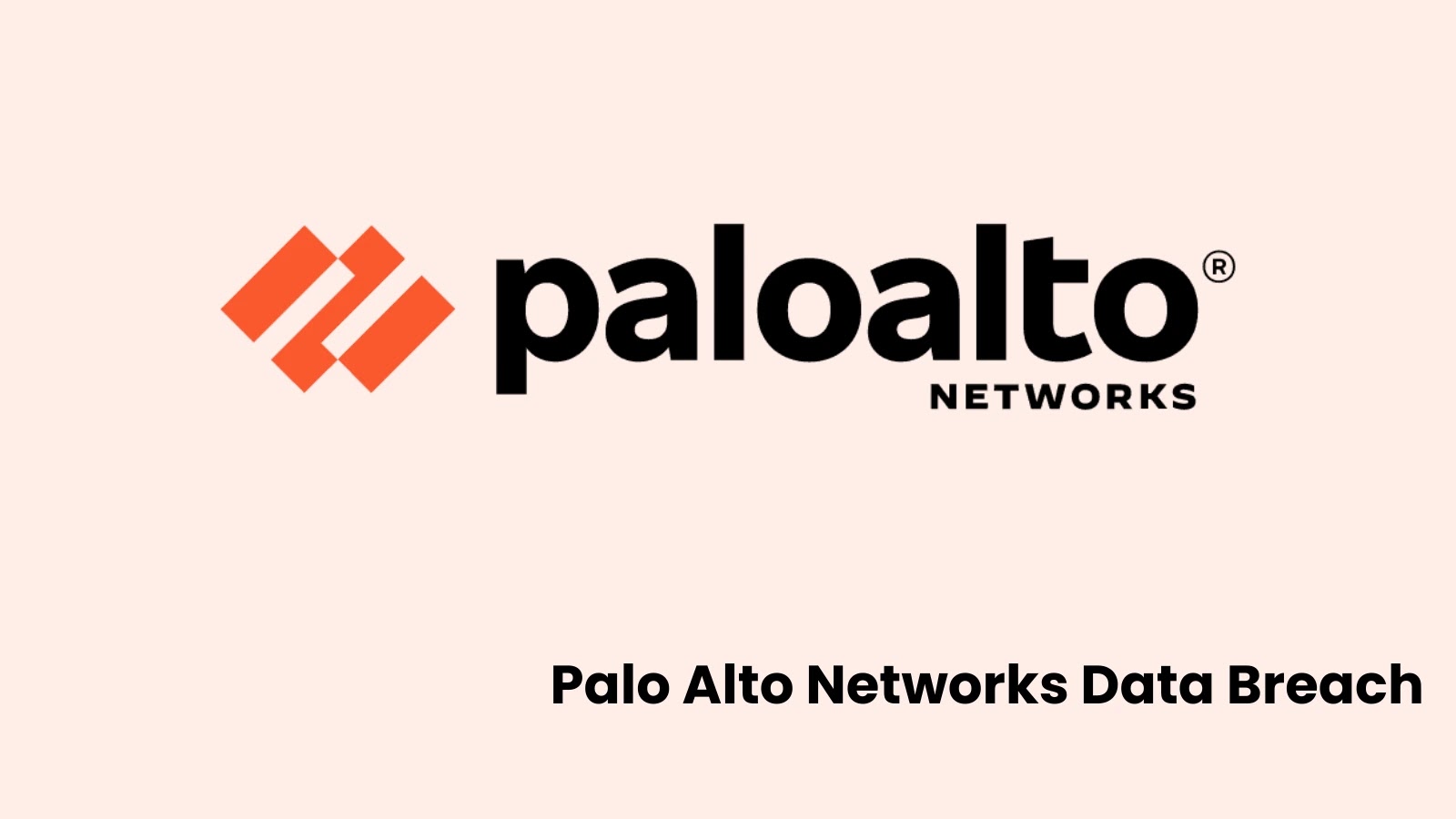
Palo Alto Networks Confirms Data Breach – Hackers Stole Customer Data from Salesforce Instances
Palo Alto Networks Confirms Data Breach: A Supply Chain Security Nightmare
In an era where digital trust is paramount, the recent data breach impacting Palo Alto Networks serves as a stark reminder of the pervasive threat of supply chain attacks. This incident, which saw customer data pilfered from Salesforce instances, underscores the critical need for organizations to extend their security perimeter beyond their immediate infrastructure.
While Palo Alto Networks’ core products and services remain uncompromised, the breach originating from a third-party application highlights the interconnected vulnerabilities within modern digital ecosystems. This analysis delves into the specifics of the incident, its implications, and crucial remediation strategies for businesses navigating this complex threat landscape.
The Genesis of the Breach: A Compromised Third-Party Application
Palo Alto Networks officially confirmed that its customer data was exfiltrated from its Salesforce instances. The vector for this intrusion was identified as a compromised third-party application, Salesloft’s Drift. This distinction is crucial: the attack did not exploit a vulnerability within Palo Alto Networks’ own extensive security offerings or internal systems. Instead, it leveraged a weakness in an application integrated into their Salesforce environment.
This type of attack, often referred to as a supply chain attack, preys on the trust inherent in interconnected software and services. Attackers compromise a less secure component within a larger system, gaining access to sensitive data or systems that would otherwise be heavily fortified. In this instance, the compromise of Salesloft’s Drift provided a gateway to Palo Alto Networks’ customer data housed within Salesforce.
Impact and Scope: Customer Data at Risk
The primary impact of this breach centers on the theft of customer data. While specific details regarding the type and volume of data stolen have not been fully disclosed, any unauthorized access to customer information poses significant risks, including identity theft, phishing campaigns, and reputational damage. Organizations whose data was affected will need to assess the specific implications for their customers and implement appropriate notification and mitigation procedures.
Palo Alto Networks has emphasized that their own products and services, including their widely adopted security solutions, were not compromised. This reassures customers reliant on their security infrastructure, but it simultaneously highlights the evolving nature of cyber threats. Even leading cybersecurity firms are not immune to the vulnerabilities introduced by their supply chain partners.
Understanding Supply Chain Attacks: A Widespread Threat
Supply chain attacks are a perennial challenge in cybersecurity. They exploit the interdependencies in modern software development and service delivery. Instead of directly attacking a target, adversaries infiltrate a weaker link in the chain – a vendor, a third-party application, or a component – to gain unauthorized access to the ultimate target. Recent high-profile incidents, such as the SolarWinds attack, underscore the devastating potential of such breaches.
The key takeaway from the Palo Alto Networks incident is that even robust internal security measures may not suffice if third-party integrations introduce vulnerabilities. Organizations must scrutinize their entire digital ecosystem, including all applications and services that interact with sensitive data.
Remediation Actions and Proactive Defenses
For organizations utilizing Salesforce or any cloud platform with third-party integrations, the Palo Alto Networks incident serves as a critical call to action. Proactive measures are essential to mitigate similar risks:
- Thorough Third-Party Risk Assessment: Conduct rigorous security assessments of all third-party applications and services before integration. This includes evaluating their security posture, data handling practices, and incident response capabilities.
- Principle of Least Privilege (PoLP): Ensure that integrated applications are granted only the minimum necessary permissions to perform their intended functions. Restrict access to sensitive data and systems wherever possible.
- API Security and Monitoring: Implement robust API security measures, including authentication, authorization, and continuous monitoring of API calls for anomalous behavior.
- Regular Security Audits and Penetration Testing: Perform routine security audits and penetration tests on your Salesforce instances and other cloud environments, specifically targeting third-party integrations.
- Multi-Factor Authentication (MFA): Enforce MFA for all user accounts, especially for administrative access to critical platforms like Salesforce.
- Data Minimization: Store only the essential customer data required for business operations. Reduce the attack surface by minimizing the volume of sensitive information held.
- Incident Response Plan: Develop and regularly test a comprehensive incident response plan that specifically addresses supply chain security incidents.
Tools for Enhancing Cloud and Third-Party Security
Numerous tools can assist organizations in bolstering their defenses against supply chain and third-party application risks. Here are a few examples:
| Tool Name | Purpose | Link |
|---|---|---|
| Cloud Access Security Brokers (CASBs) | Provide visibility into cloud application usage, enforce security policies, and detect threats in cloud environments. | Gartner CASB Definition |
| Cloud Security Posture Management (CSPM) | Automate the identification and remediation of cloud infrastructure misconfigurations and compliance violations. | Palo Alto Networks CSPM |
| Third-Party Risk Management (TPRM) Platforms | Automate and streamline the assessment and management of risks associated with third-party vendors. | Onspring TPRM |
| API Security Gateways | Protect APIs from various attacks, provide authentication, authorization, and traffic management. | Cloudflare API Gateway |
Conclusion: Fortifying the Extended Digital Perimeter
The Palo Alto Networks data breach is a potent reminder that an organization’s attack surface extends far beyond its direct control. As businesses increasingly rely on a complex web of third-party applications and cloud services, the security of their supply chain becomes as critical as their internal defenses. Proactive risk assessment, rigorous vendor management, and a deep understanding of integrated systems are no longer optional but fundamental pillars of a resilient cybersecurity strategy. By adopting a comprehensive, layered approach to security that encompasses the entire digital ecosystem, organizations can significantly reduce their exposure to these evolving and insidious threats.





